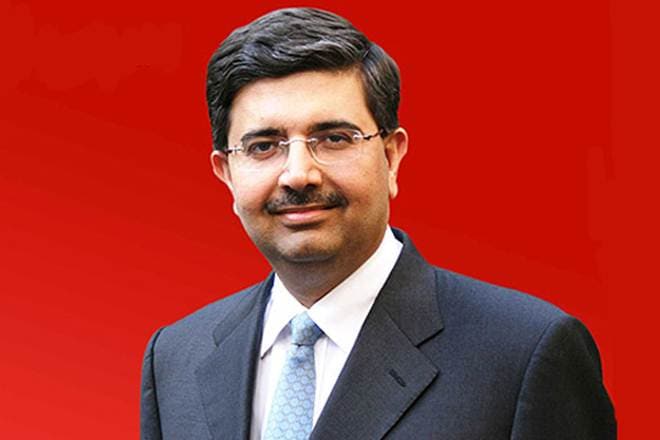Even as the entire financial services sector continues to remain under pressure due to a brewing liquidity squeeze, veteran banker Uday Kotak called for a very strong policy in a bid to guide the sector to safer waters. Describing the current time as challenging, Kotak said that the sector is going through turbulent times. Notably, there are fears of a contagion risk building up in the sector after as debt mutual funds, NBFCs as well as banks continue to have heavy exposure to stressed entities. According to a recent report by Credit Suisse, up to 15% of debt mutual funds’ total assets under management are accounted for by four stressed companies – Dewan Housing Finance, Essel group, IL&FS and Anil Ambani group. These four companies together owed a whopping Rs 3.6 lakh crore to lenders as at the end of March 2018. We take a look at what Uday Kotak has to say on the ongoing liquidity crisis.
Also read: Debt mutual fund woes deepen after Anil Ambani groups firms’ downgrade
Liquidity squeeze
Taking stock of the general trend in the space, Uday Kotak noted that the sector was a key beneficiary of demonetisation as very significant liquidity got pumped into the system. “This flush of liquidity first came in banks and then into mutual funds and insurance. From these channels the liquidity went into NBFCs and HFCs. Now we are seeing a significant increase in currency in circulation over the last few quarters. We’re also seeing the overall liquidity conditions being reasonably tight,” Uday Kotak explained in a press meet. Uday Kotak said that some of the easy money went into centres like land and real estate which are inherently illiquid in nature.
IL&FS crisis first signal
The IL&FS crisis which happened in September-18 was the first signal about challenges in the space going forward. The reduction of wholesale liabilities from balance sheets leads to a significant pressure on asset side of the balance sheet, said Kotak. “This is a classic case of chain breaking at the weakest link. When liquidity gets tighter we start seeing pressure and that is the time the quality of the balance sheet becomes very crucial,” he added.
Three pointers to solve NBFC challenges
Taking stock of the rapid challenges in NBFCs, Kotak saidas more players come into the market, there will be few players who do well, as there are a lot of players whose fundamental underwriting or risk-management skills won’t be as sharp. He suggested three ways of tackling this issue–by inviting equity investments; through consolidations, and lastly through mortality. “I would like the problem to be solved by equity and combinations, and very few mortalities. But solution lies in one of the points or combinations of them,” he said.


